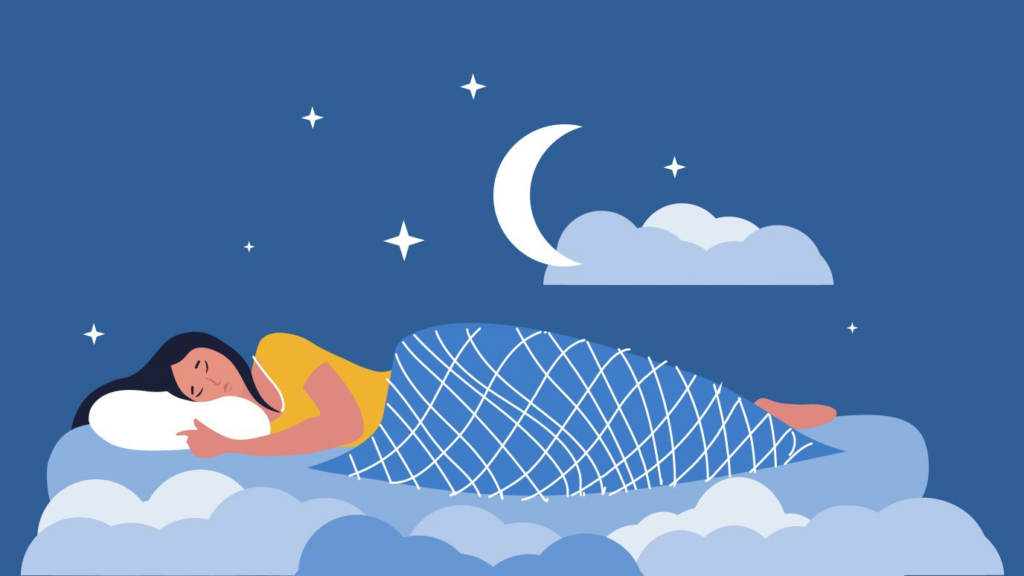
Image source: (OpenAI’s DALL·E 3)
We all know how important sleep is, but understanding how it affects our brains and mental health can be really eye-opening. I found this great video, How Sleep Affects Your Brain by Dana Foundation, that explains how sleep works in the brain, the different stages of sleep, and how not getting enough sleep can mess with our memory, mood, and cognitive abilities.
Video Interaction & Learner Engagement
Inherent Interaction
This video dose not need students to respond actively during the viewing. Instead, it encourages them to think about how the information applies to their own sleep habits. The video is full of interesting facts, visuals, and examples that will likely get learners thinking about their own sleep patterns.
Learner-Generated Interaction
While watching the video, students will be asked to take notes on:
- The different sleep stages and their functions
- How lack of sleep affects the brain
- Tips for improving sleep quality
This information will help students connect what they have learned to their own lives and give them a good foundation for discussions later.
Post-Video Activity: Sleep Tracking Journal
After the video, I would suggest learners keep a sleep journal for about a week. They will track things like:
- When they go to bed and wake up
- Whether they have trouble falling asleep
- How they feel when they wake up
After they have collected their information, students can compare it with expert sleep hygiene recommendations from sources like the National Sleep Foundation and create their own plan to improve their sleep.
Feedback & Evaluation
To help with feedback:
- Peer Discussions: Students can share their sleep tracking journals in a forum to discuss what they have learned and offer suggestions.
- Instructor Feedback: I will review their journals and plans and give feedback on how they can fine-tune their sleep habits using what they have learned.
Inclusive Design Considerations
I want to make sure the video is accessible to everyone, so the video includes:
- Closed captions for students who are hard of hearing
- High-contrast visuals for better readability
- Transcripts and summaries for those who might prefer reading over watching
The sleep journal activity is flexible, so students can adjust it to fit their schedules.
Conclusion

Image source: (MD Anderson Cancer Center, n.d.)
By using a combination of video learning, self-reflection, and peer collaboration, students will learn how sleep affects their mental and cognitive health. The goal is for them to walk away with better tools to improve their own sleep, which will help them feel better and learn more effectively.
You can check out the video here: How Sleep Affects Your Brain.
Reference List:
- MD Anderson Cancer Center. (n.d.). Sleep and cancer treatment [Infographic]. MD Anderson Cancer Center. https://www.mdanderson.org/images/publications/cancerwise/Generics/cw-sleep-graphic.jpg
- Dana Foundation. (n.d.). How sleep affects your brain [Video]. YouTube. https://www.youtube.com/watch?v=IzQ2siryQrM
- OpenAI. (2025). Image generated by OpenAI’s DALL·E 3 [Image]. https://www.openai.com/dall-e